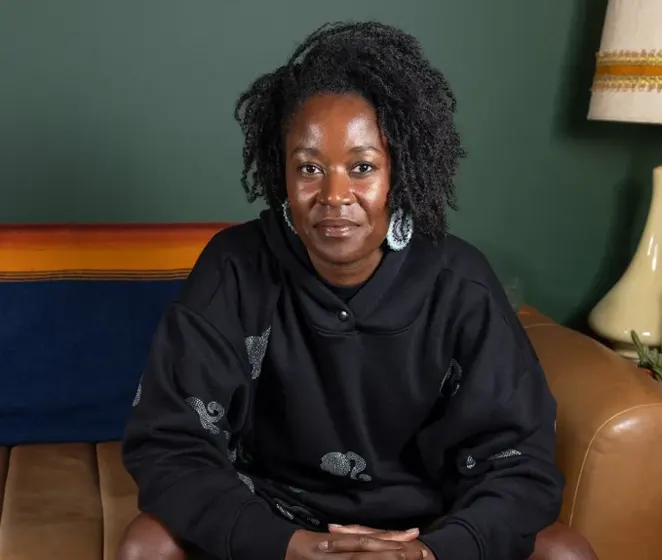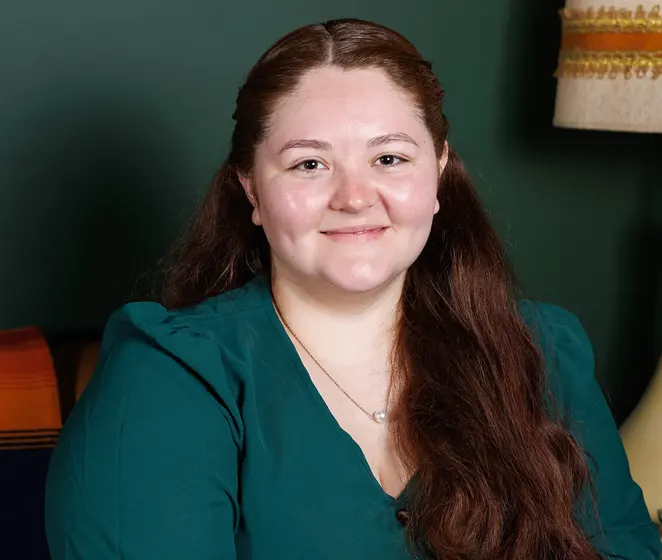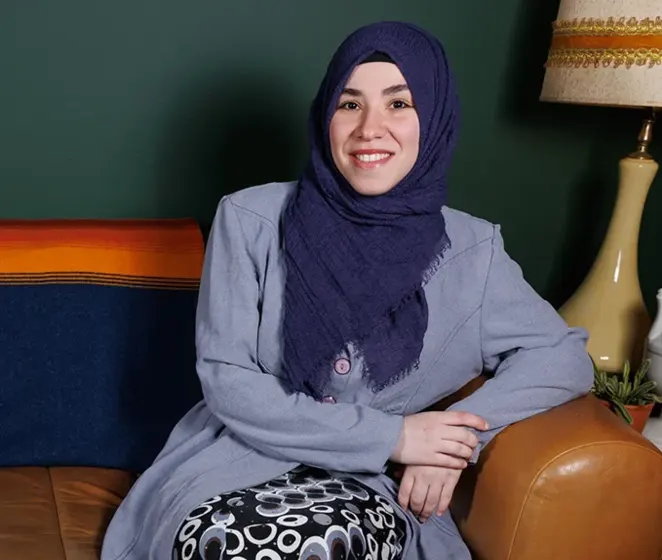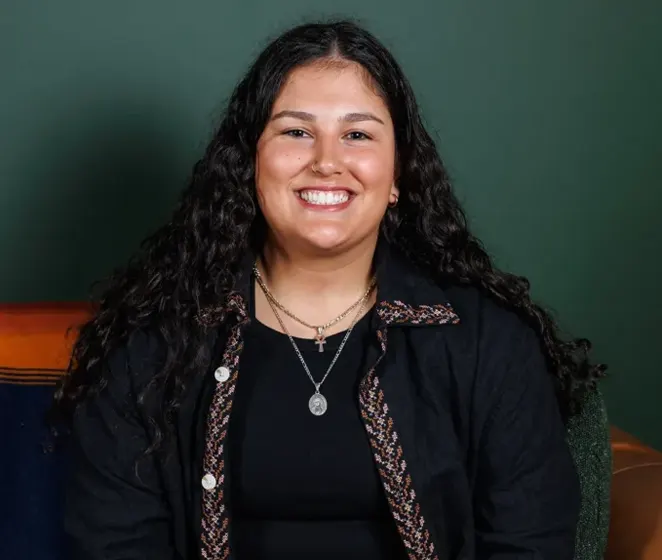by Intentional Spaces Psychotherapy
It can be deeply frustrating to watch a child struggle to pay attention in school. Perhaps you notice them staring out the window during lessons, twirling a pencil between their fingers, or forgetting instructions that seemed simple moments ago. You may find yourself wondering if they’re not trying hard enough, or questioning whether something is “wrong” with them. But the truth is that focus is not about willpower; it’s about support, guidance, and understanding the underlying needs of the child. Children’s brains are constantly processing a complex mix of sensory input, emotional experiences, and cognitive demands, and what may look like distraction is often their nervous system signaling that it is overwhelmed, overstimulated, or uncertain how to manage incoming information. With thoughtful attention and compassionate strategies, children can build focus as a skill rather than feel it is an unreachable expectation placed upon them.
When children struggle with attention, it is rarely a reflection of laziness or lack of motivation. Most often, distraction is communication, a signal that something in the environment, task, or internal emotional landscape is getting in the way. Perhaps the classroom feels too loud, too fast-paced, or too confusing. Perhaps a child is quietly managing worries about schoolwork, friendships, or life outside of school. These internal and external factors pull their attention away from what adults might perceive as “the lesson at hand.” With the right support, children can strengthen their ability to stay engaged, gain confidence in their learning abilities, and experience the profound satisfaction of completing tasks. Distraction becomes a starting point for growth rather than a measure of failure.
Rethinking What “Focus” Really Means
When we think about focus, we often picture a child sitting perfectly still, eyes locked on the teacher, hands folded neatly, and expression blank. In reality, focus is not about stillness or perfection; it is about presence, engagement, and the ability to connect with the task or learning at hand in a way that is sustainable for that child. A child might appear fidgety or disengaged while they are actually processing, organizing, or integrating information in their own unique way. For one student, focus may only emerge after taking a brief moment to regulate emotions or release excess energy. For another, focus may only happen when tasks are broken into smaller, more digestible pieces that make the work feel approachable rather than overwhelming. Presence and focus are most accessible when a child’s nervous system feels safe and supported rather than pressured or threatened. Recognizing this allows parents, teachers, and caregivers to create spaces where children can naturally lean into engagement rather than fight their internal experience.
When we redefine focus as a skill that develops in response to safety, predictability, and understanding, we shift away from judgment and toward strategies that empower children. Instead of seeing inattention as defiance or failure, we can see it as a doorway to understanding and meeting the child’s needs. This mindset opens the possibility for children to experience learning as a source of confidence and self-discovery rather than as an arena of constant evaluation and stress.
Why Focus Can Feel So Difficult
Attention challenges are rarely a choice or a reflection of effort. More often, they reveal how the child’s mind and body are responding to internal and external demands. When a student seems distracted or restless, it’s crucial to recognize that these behaviors often communicate needs, stress, or unmet supports rather than intentional defiance.
Some common factors that interfere with focus include:
- Overstimulation – Classrooms are rich in sensory input: lights, sounds, movement, and visual distractions can overwhelm a child’s ability to concentrate. What looks like daydreaming or fidgeting may actually be the child’s brain creating a coping strategy for too much input at once.
- Stress and anxiety – Internal worries about schoolwork, peer interactions, or home life can pull a child’s attention inward. Even small concerns can become magnified in the classroom, making sustained attention feel impossible.
- Learning differences – Students with ADHD, dyslexia, or other processing differences may struggle to absorb information at the pace of the group. Their focus may shift not out of choice but because the material feels inaccessible without additional support.
- Unmet physical needs – Sleep deprivation, hunger, or limited opportunities for movement can have a significant effect on a child’s ability to concentrate. A child’s brain cannot perform at its best if basic bodily needs are not met.
- Unclear expectations – When instructions or expectations are vague, students may scan their environment for clues, losing attention on the intended task. Focus is easier to maintain when children understand what is expected of them and what success looks like.
By understanding that attention challenges are often rooted in unmet needs or environmental barriers, caregivers can approach these moments with compassion. The question shifts from “Why won’t they focus?” to “What does this child need to feel capable of focusing right now?”
Practical Tools to Support Focus
Supporting focus is not about enforcing stillness or rigid compliance. It’s about creating opportunities and strategies that make focus feel achievable and empowering. The following tools can help children strengthen attention while respecting their developmental and emotional needs:
- Break Work into Manageable Steps
Divide large tasks into smaller, clear steps. Completing each step builds confidence and momentum, making focus feel possible.
- Build in Movement Breaks
Short stretches, walking, or standing for a moment help release restlessness and renew concentration. Movement supports both emotional regulation and readiness to learn.
- Create a Visual Schedule
Visual checklists or timelines give predictability, reduce anxiety, and help children allocate their attention effectively.
- Practice Simple Breathing Techniques
One-minute pauses with slow, intentional breaths calm the nervous system and restore focus. This teaches children that slowing down is part of staying engaged.
- Reduce Unnecessary Distractions
Adjust the environment, like sitting closer to the teacher, using headphones, or keeping a tidy workspace, to allow the brain to concentrate.
- Encourage Self-Reflection
Journaling, self-check-ins, or short timers help children notice when focus drifts and redirect attention, building independence and confidence.
When Extra Support Is Needed
Sometimes, even with the best strategies in place, focus remains a challenge. Children may still struggle to stay engaged with lessons, complete homework, or participate fully in classroom activities. When these attention difficulties begin to interfere with learning, self-esteem, or social connections, additional support can be transformative, not just for academic success, but for overall emotional well-being.
Therapy offers a structured, supportive environment where children can safely explore the factors that affect their focus. In this space, they can practice attention-building strategies in a low-pressure setting, learn ways to manage stress and overwhelm, and build confidence in their ability to stay engaged. Group therapy, in particular, provides the added benefit of connection. Children see that they are not alone in their struggles and gain encouragement from peers navigating similar challenges. This sense of belonging reduces shame and fosters resilience. Over time, children develop tools not only for maintaining focus in the classroom but also for trusting themselves, their own instincts, their problem-solving abilities, and their capacity to navigate challenges with confidence.
Reframing Focus
Watching a child drift during lessons or struggle to stay on task can feel discouraging, and it is easy to fall into the trap of thinking that distraction reflects a lack of effort or motivation. But it’s important to remember: distraction is not failure, it is an invitation. It signals areas where a child’s needs are unmet, where their attention requires support, or where their learning environment can be adjusted. When adults respond with curiosity, patience, and compassion, they provide the foundation for a child to cultivate focus in ways that feel safe and achievable.
Focus grows when children feel supported, understood, and empowered, not when it is forced or punished. By approaching attention challenges with empathy, children learn to engage their minds and bodies in ways that feel both effective and nurturing. Over time, this process strengthens not only attention but also self-confidence, emotional resilience, and a sense of agency, helping children feel capable in both school and life.

Considering Therapy for Your Child?
If your child struggles to sustain attention, it is not a reflection of their effort, intelligence, or character; they simply need guidance, tools, and understanding. Therapy provides a gentle, structured environment where focus is invited rather than demanded. In this supportive space, children can learn practical strategies for managing distraction, building self-regulation skills, and developing confidence in their ability to engage meaningfully with tasks.
Therapy can also help children develop a sense of independence and agency, encouraging them to experiment with strategies that work for their unique learning style. Over time, these skills become sustainable habits that extend beyond the classroom, empowering children to approach challenges with curiosity, confidence, and resilience.
If you notice persistent attention difficulties that impact your child’s learning, social relationships, or overall well-being, we invite you to reach out. Together, we can help your child build the skills, strategies, and self-trust they need to thrive, both in the classroom and in every aspect of their life.















